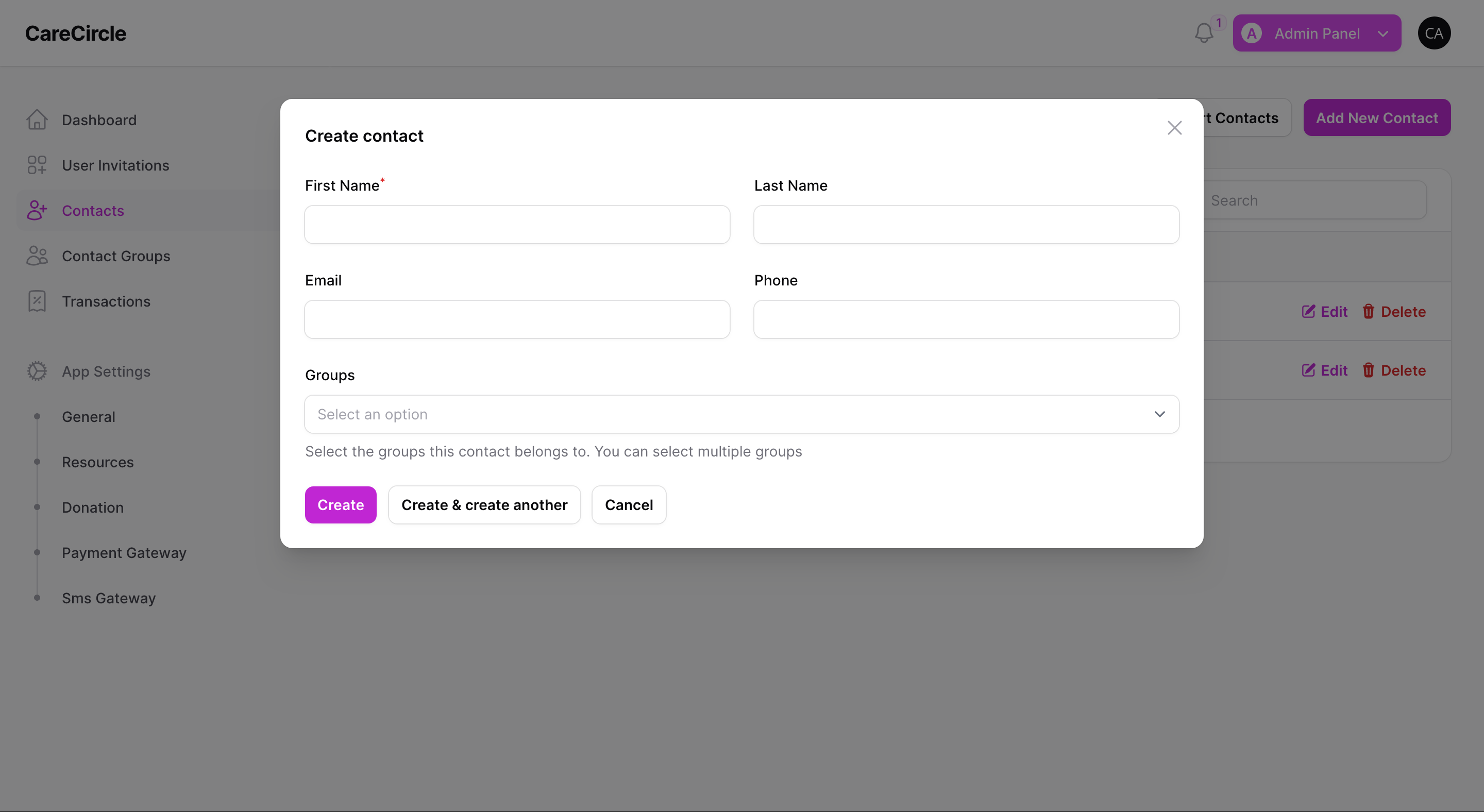Implementing a Single Custom Login Page for all Panels in FilamentPHP

Filament is a robust, open-source admin panel meticulously crafted in PHP and designed to run seamlessly on the widely-used Laravel framework.
Filament simplifies intricate tasks such as constructing responsive admin panels, managing CRUD operations (Create, Read, Update, Delete), and creating tables and other essential elements. This allows developers to channel their focus where it truly matters: their core business logic.
Introducing Panels
Filament's panel structure acts as the primary container, enabling the construction of feature-rich admin panels. These panels encompass a wide array of components, including pages, resources, forms, tables, notifications, actions, infolists, and widgets.
Filament provides the flexibility to create multiple panels, each equipped with a default dashboard that can be customized with widgets offering various capabilities, such as displaying statistics, charts, tables, and more.
To create a new panel, utilize the make:filament-panel command, providing the unique name of the new panel:
php artisan make:filament-panel app
To enable authentication (login) for the panel, add the login method to the panel configuration:
use Filament\Panel;
public function panel(Panel $panel): Panel
{
return $panel
// ...
->path('app')
->login();
}Assuming you're building a Filament app for different user types, with each user type having its panel, you can create a single custom authentication page for all users and redirect them to their respective panels after login. Here's how
1. Create an Auth Panel dedicated to handling authentication, such as login.
php artisan make:filament-panel auth
In the AuthPanelProvider configuration, add the ->login() and ->registration() methods:
class AuthPanelProvider extends PanelProvider
{
public function panel(Panel $panel): Panel
{
return $panel
->default()
->id('auth')
->path('auth')
->login()
->registration()
->passwordReset();
}
}2. Create a middleware to redirect users if not authenticated.
After adding the login and registration methods to the auth panel, create a new middleware in the Laravel Middleware folder, such as RedirectIfNotFilamentAuthenticated. Modify the authMiddleware configuration section of the AuthPanelProvider class:
<?php
namespace App\Http\Middleware;
use Filament\Facades\Filament;
use Filament\Http\Middleware\Authenticate as Middleware;
class RedirectIfNotFilamentAuthenticated extends Middleware
{
protected function redirectTo($request): ?string
{
return route('filament.auth.auth.login');
}
}Replace the authMiddleware config section of the AuthPanelProvider class with the new middleware:
Original config:
->authMiddleware([
Authenticate::class,
])New Config:
->authMiddleware([
RedirectIfNotFilamentAuthenticated::class,
])Update this configuration for every other panel you've created or will create, replacing the section with the new middleware.
Related Articles that May Be to Your Interest

Troubleshooting Laravel Livewire: Resolving the 'Unable to Find Component' Error
Learn how to troubleshoot the "Unable to find component" error in Laravel Livewire. Follow our step-by-step guide to quickly resolve this common issue and get back to developing with ease.

Filament: Invite Only Registration via Email Invitations
Learn how to implement an invite-only registration feature using Filament, ensuring exclusive access to your platform and enhancing user engagement through personalized invitations and controlled membership enrollment.

Generating URL Modal Pop-Ups within FilamentPHP Resource Pages
Learn to set up FilamentPHP, create a resource, define a modal actions, and how to generate urls to those actions from any part of your application

